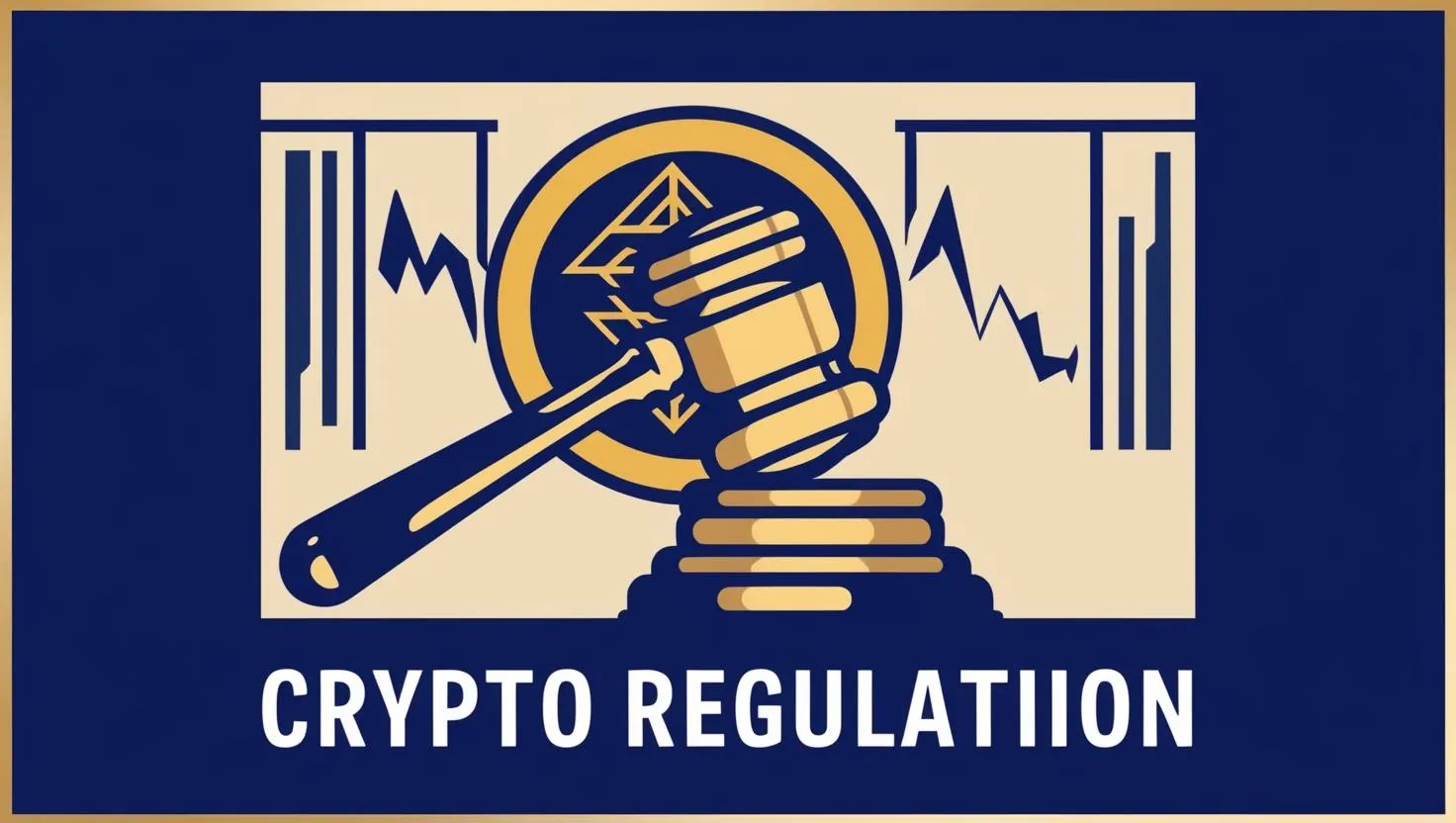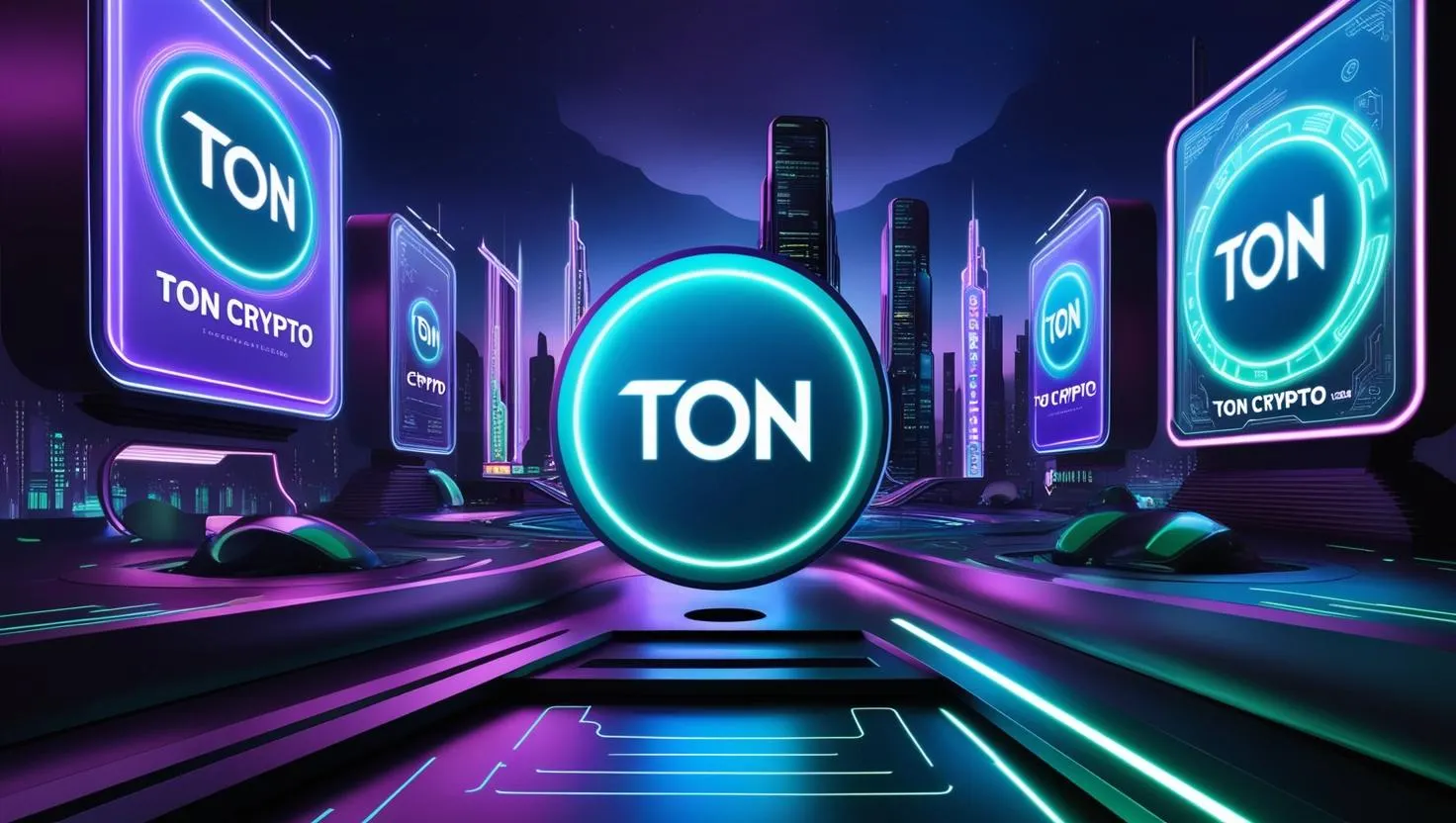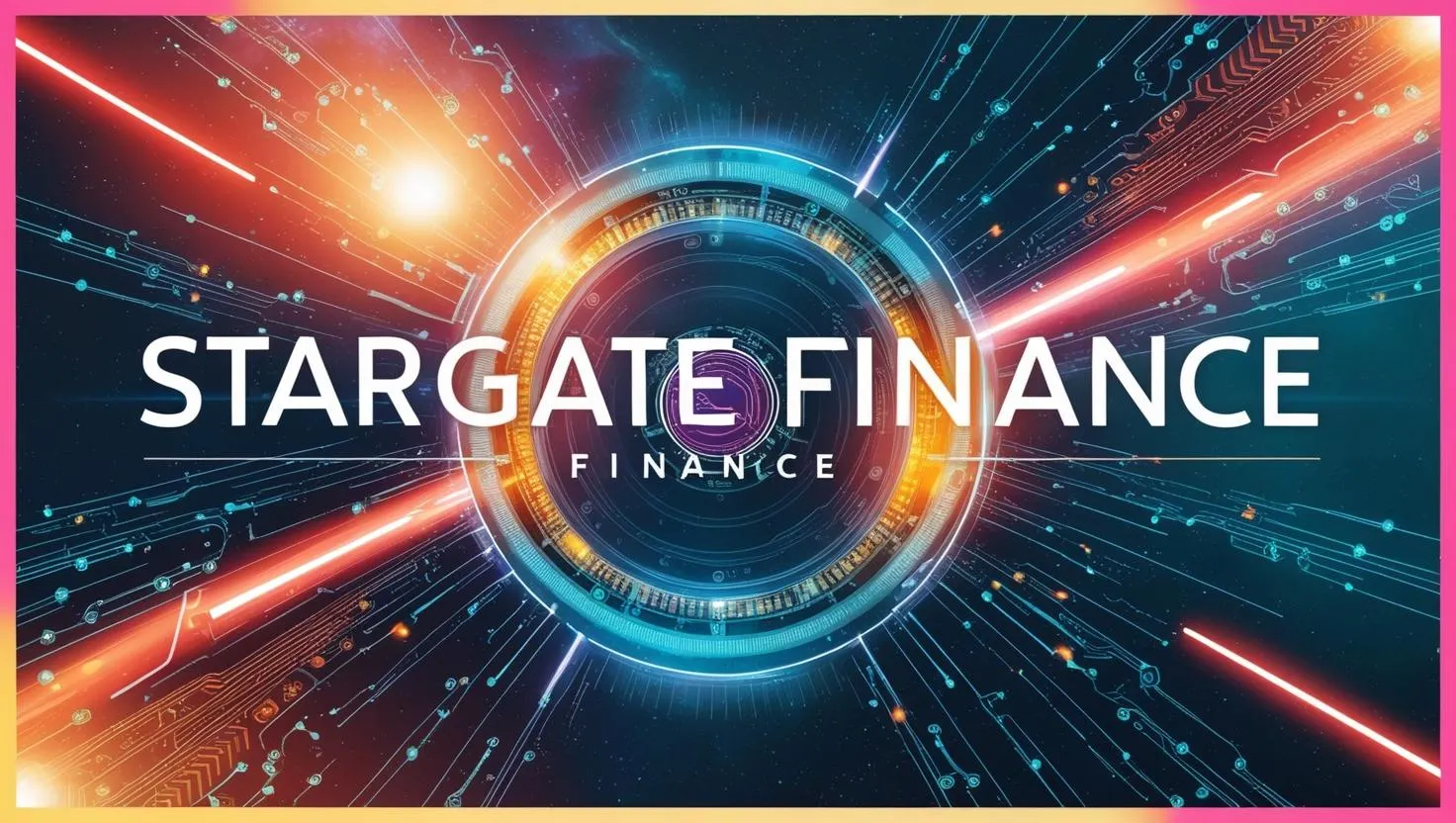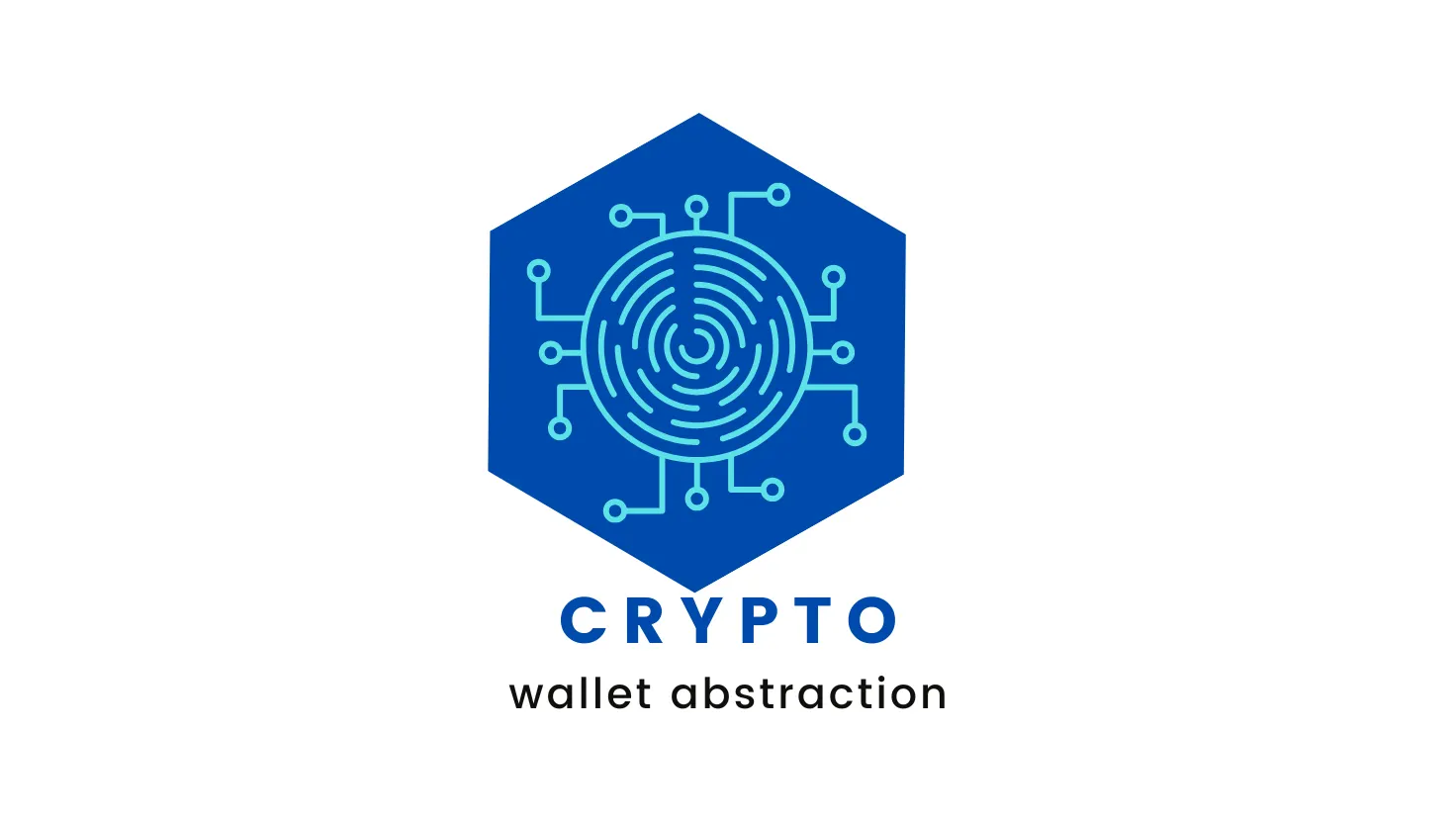Digital Asset Market Clarity Act of 2025: Unpacking the Game-Changing Crypto Regulation
The Digital Asset Market Clarity Act of 2025 (CLARITY Act), formally introduced as H.R. 3633 on May 29, 2025, by House Financial Services Committee Chairman French Hill (R-AR) and co-sponsored by a bipartisan group of lawmakers, including House Majority Whip Tom Emmer (R-MN), House Agriculture Committee Chairman Glenn “GT” Thompson (R-PA), and Representatives Angie Craig (D-MN), Ritchie Torres (D-NY), and Don Davis (D-NC), is a landmark legislative effort to establish a comprehensive regulatory framework for digital assets in the United States.
This bill builds on the momentum of the Financial Innovation and Technology for the 21st Century Act (FIT21), which passed the House in 2024 but stalled in the Senate, aiming to address longstanding regulatory uncertainties in the crypto industry. Below is a detailed breakdown of the CLARITY Act for a crypto blog audience, covering its purpose, key provisions, implications, and potential impact on the digital asset ecosystem.
Purpose of the CLARITY Act
The U.S. crypto industry has long operated in a regulatory gray zone, with overlapping jurisdictions between the Securities and Exchange Commission (SEC) and the Commodity Futures Trading Commission (CFTC) creating confusion for entrepreneurs, investors, and consumers.
The CLARITY Act seeks to:
- Provide Regulatory Clarity: Define clear roles for the SEC and CFTC in overseeing digital assets, resolving debates over whether cryptocurrencies are securities or commodities.
- Foster Innovation: Create a framework that encourages responsible innovation while maintaining market integrity and consumer protection.
- Enhance U.S. Competitiveness: Prevent the migration of crypto businesses to jurisdictions with clearer regulations by establishing a predictable legal environment.
- Protect Consumers: Introduce safeguards such as asset segregation, anti-fraud measures, and disclosure requirements to protect retail investors.
The bill, spanning 236 pages, is a comprehensive attempt to regulate digital assets, including cryptocurrencies, stablecoins, and decentralized finance (DeFi) protocols, while addressing market structure issues that have hindered the industry’s growth. It responds to industry calls for a structured regulatory approach and aligns with growing political support for crypto, as evidenced by statements from lawmakers like Rep. Bryan Steil (R-WI), who declared, “The golden age of digital assets is here. America won’t just participate in the Web3 revolution; we will win it.”
Key Provisions of the CLARITY Act
The CLARITY Act introduces several innovative concepts and regulatory mechanisms to address the unique characteristics of digital assets. Below are its core components:
- Definitions and Classifications
The bill categorizes digital assets into two primary types, providing clarity on their regulatory treatment:- Digital Commodities: These are digital assets “intrinsically linked to a blockchain system,” where their value is derived from the blockchain’s functionality or operation (e.g., Bitcoin, Ether). Digital commodities are primarily regulated by the CFTC.
- Investment Contract Assets: These are digital commodities sold pursuant to an investment contract, subject to SEC oversight during primary market transactions (e.g., initial token offerings). Once sold in secondary markets, these assets are no longer considered securities, aligning with the SEC vs. Ripple court ruling that secondary market transactions are not necessarily securities transactions.
The Act redefines “security” under the Securities Act of 1933 to exclude certain digital assets, ensuring that tokens sold as part of an investment contract are distinct from the contract itself. This distinction is critical, as it allows tokens to transition from securities to commodities once a project achieves decentralization, addressing issues raised in the Securities Clarity Act introduced by Rep. Tom Emmer in prior years.
- Regulatory Jurisdiction
The CLARITY Act delineates clear roles for the SEC and CFTC:
- CFTC’s Role: The CFTC is granted exclusive jurisdiction over spot markets for digital commodities, including platforms like crypto exchanges trading non-securities (e.g., Bitcoin). The CFTC oversees:
- Digital Commodity Exchanges: Platforms facilitating digital commodity trades must register with the CFTC, adhering to rules for market integrity, transparency, fraud prevention, and operational resiliency (e.g., cybersecurity, capital requirements, and customer asset segregation).
- Brokers and Dealers: Digital commodity brokers and dealers must also register with the CFTC, with provisions for margin financing that are not treated as futures contracts.
- SEC’s Role: The SEC retains authority over primary market transactions involving investment contract assets, such as token sales for capital raising. However, secondary market trades of these assets are exempt from securities laws, enhancing liquidity.
This division aims to end the regulatory tug-of-war between the SEC and CFTC, providing clear jurisdictional boundaries. However, some critics, like former CFTC Chair Timothy Massad, warn that redefining securities laws could complicate oversight and potentially undermine traditional markets.
- Safe Harbor for Decentralization
A groundbreaking feature of the CLARITY Act is its safe harbor for crypto projects transitioning to decentralization:- Issuers of digital assets sold via investment contracts must achieve a “mature blockchain status” within four years, defined by criteria such as decentralization and network functionality.
- During this period, issuers must submit periodic reports to the SEC until maturity is certified. Once certified, the asset is classified as a digital commodity, free from securities regulation.
- This provision allows projects to raise capital lawfully without being indefinitely classified as securities, fostering innovation while ensuring accountability.
- Secondary Market Clarity
Section 203 of the Act codifies that secondary market trades of digital commodities originally sold via investment contracts are not securities transactions. This clarification, inspired by the SEC vs. Ripple case, ensures that ordinary trading on exchanges does not trigger securities law compliance, enhancing market liquidity and reducing regulatory burdens for retail investors. - Digital Commodity Exchanges
The Act imposes a robust regulatory framework on digital commodity exchanges:- Exchanges must register with the CFTC and comply with standards similar to traditional commodity futures exchanges, including:
- Market surveillance to prevent fraud and manipulation.
- Fair access and transparency rules.
- Capital requirements and customer asset segregation.
- Cybersecurity and risk controls.
- These requirements aim to protect consumers while ensuring market integrity, addressing concerns about unregulated crypto exchanges.
- DeFi and Self-Custody Protections
The CLARITY Act includes provisions to support decentralized finance (DeFi) and self-custody:- DeFi Exemptions: Certain DeFi protocols and wallet providers are excluded from SEC oversight if they engage in activities like transaction validation, providing computational work, or developing user interfaces for blockchain interaction.
- Self-Custody Rights: Investors have the right to self-custody their assets, and regulators cannot mandate that custody firms hold client assets on their balance sheets, a proposal previously floated by the SEC but abandoned.
These provisions reflect a commitment to preserving the decentralized ethos of crypto while ensuring regulatory oversight does not stifle innovation.
- Stablecoin Regulation
While the CLARITY Act primarily focuses on market structure, it touches on stablecoins by:- Defining payment stablecoins as non-securities, with oversight assigned to the regulator of the issuing entity to avoid jurisdictional conflicts.
- Complementing separate stablecoin legislation, such as the Stablecoin Transparency and Accountability for a Better Ledger Economy Act (STABLE Act).
- Capital Raising Exemptions
The Act introduces a new exemption under Section 4(a)(8) of the Securities Act, allowing issuers to raise up to $75 million in a 12-month period for digital commodity offerings without full securities registration, provided they meet disclosure requirements. This facilitates capital formation for crypto startups while maintaining investor protections. - Consumer Protections
To safeguard retail investors, the CLARITY Act mandates:- Asset Segregation: Digital asset firms must segregate customer funds from their own to prevent misuse, with customers able to waive this restriction voluntarily.
- Disclosure Requirements: Developers and firms must provide relevant disclosures to customers, addressing risks and conflicts of interest.
- Anti-Money Laundering (AML) Compliance: Crypto platforms must adhere to the Bank Secrecy Act, ensuring robust AML measures.
Implications for the Crypto Industry
The CLARITY Act has significant implications for various stakeholders in the crypto ecosystem:
For Crypto Projects and Developers- Clarity in Fundraising: The safe harbor and capital raising exemptions allow startups to raise funds without fear of indefinite securities classification, provided they achieve decentralization.
- DeFi Support: Exemptions for DeFi protocols reduce regulatory burdens, encouraging innovation in decentralized systems.
- Clear Rules: Defined roles for the SEC and CFTC provide predictability, enabling projects to plan compliance strategies effectively.
For Exchanges and Intermediaries
- CFTC Oversight: Exchanges trading digital commodities must register with the CFTC, which may increase compliance costs but provide legitimacy and consumer trust.
- Secondary Market Freedom: The exemption of secondary market trades from securities laws enhances liquidity and reduces legal risks for exchanges.
For Investors
- Consumer Protections: Asset segregation, disclosures, and AML compliance enhance investor safety, addressing concerns about fraud and mismanagement.
- Self-Custody: The explicit right to self-custody empowers investors to control their assets, aligning with crypto’s ethos of financial sovereignty.
For the U.S. Economy
- Competitive Advantage: By providing a clear regulatory framework, the Act aims to keep crypto innovation in the U.S., preventing firms from relocating to jurisdictions like Europe or Asia with established regulations (e.g., Europe’s Markets in Crypto-Assets framework).
- Market Growth: Clear rules could attract talent, capital, and technological leadership, positioning the U.S. as a global leader in the blockchain economy.
Potential Challenges and Criticisms
While the CLARITY Act has garnered bipartisan support and praise from industry groups like Stand with Crypto, the Blockchain Association, and the Chamber of Digital Commerce, it faces challenges:
- Complexity: The bill’s 236 pages and numerous cross-references to existing securities and commodities laws may create confusion rather than clarity, as warned by former CFTC Chair Timothy Massad.
- Securities Law Concerns: Redefining “security” and altering the Howey test could have unintended consequences for traditional markets, potentially undermining the $120 trillion U.S. equity and debt markets.
- Political Hurdles: Despite bipartisan backing, some Democrats, like Rep. Maxine Waters, have expressed concerns about the bill’s perceived friendliness to the crypto industry and its ties to political figures like President Trump.
- Senate Approval: Like FIT21, the CLARITY Act must navigate Senate scrutiny, where consensus may be harder to achieve, especially given competing priorities like stablecoin legislation.
- Non-Native Tokens: The Act may classify non-native tokens (tokens not intrinsic to a blockchain’s operation) as securities, potentially encouraging blockchain proliferation to gain lighter CFTC oversight.
Massad proposed an alternative: a joint Self-Regulatory Organization (SRO) overseen by both the SEC and CFTC to regulate crypto platforms, arguing for a simpler approach that avoids rewriting securities laws.
Legislative Process and Timeline
The CLARITY Act is currently under consideration by the House Financial Services Committee, with a markup scheduled for June 10, 2025. Public hearings with industry experts are planned to refine the bill, and its bipartisan support (eight co-sponsors, including three Democrats) gives it a strong chance of advancing in the House. However, Senate approval remains uncertain, and President Trump’s call for passage before the August 2025 recess is considered optimistic by industry experts.
The bill builds on a discussion draft released on May 5, 2025, and incorporates feedback from earlier hearings, such as the April 9, 2025, hearing by the Subcommittee on Digital Assets, Financial Technology, and Artificial Intelligence. Its progression will depend on negotiations between the House, Senate, and regulatory agencies like the SEC and CFTC.
Industry and Political Sentiment
The crypto industry has largely welcomed the CLARITY Act, with groups like Stand with Crypto calling it a “big step forward” for providing legal certainty. On X, posts from users like
@Cointelegraph
,
@BTC_Archive
, and
@RippleXrpie
reflect enthusiasm, quoting Rep. Bryan Steil’s statement about bringing clarity to the “golden age of digital assets.” Political support is evident from figures like Rep. Tom Emmer, who emphasized American leadership in Web3, and Rep. Angie Wes Thompson, who highlighted the bill’s role in delivering certainty for entrepreneurs.However, some skepticism persists, particularly among Democrats wary of the bill’s implications and its political context, given President Trump’s vocal support for crypto.Potential Impact on the Crypto Market
If passed, the CLARITY Act could:
- Boost Market Confidence: Clear regulations may attract institutional investors and reduce enforcement actions, fostering market growth.
- Encourage Onshoring: By addressing regulatory ambiguity, the U.S. could become a hub for crypto innovation, reversing the trend of firms moving offshore.
- Set a Global Precedent: As a comprehensive framework, the Act could influence how other countries regulate digital assets, reinforcing U.S. leadership in the sector.
However, the bill’s complexity and potential Senate delays mean its full impact may take time to materialize. The crypto community is closely watching its progress, with many seeing it as a critical step toward mainstream adoption.
Conclusion
The Digital Asset Market Clarity Act of 2025 represents a bold attempt to bring order to the U.S. crypto market, addressing longstanding issues of regulatory ambiguity, consumer protection, and innovation. By clearly delineating SEC and CFTC roles, introducing a safe harbor for decentralization, and protecting DeFi and self-custody, the Act aims to balance oversight with the industry’s need for flexibility. While challenges remain—complexity, political divides, and Senate hurdles—the bill’s bipartisan support and industry backing signal a turning point for U.S. crypto regulation.
For crypto enthusiasts, the CLARITY Act is a beacon of hope for a future where innovation thrives under clear, fair rules, potentially cementing America’s role as a leader in the blockchain economy.
For the latest updates, follow discussions on platforms like X and monitor hearings by the House Financial Services and Agriculture Committees.































































































